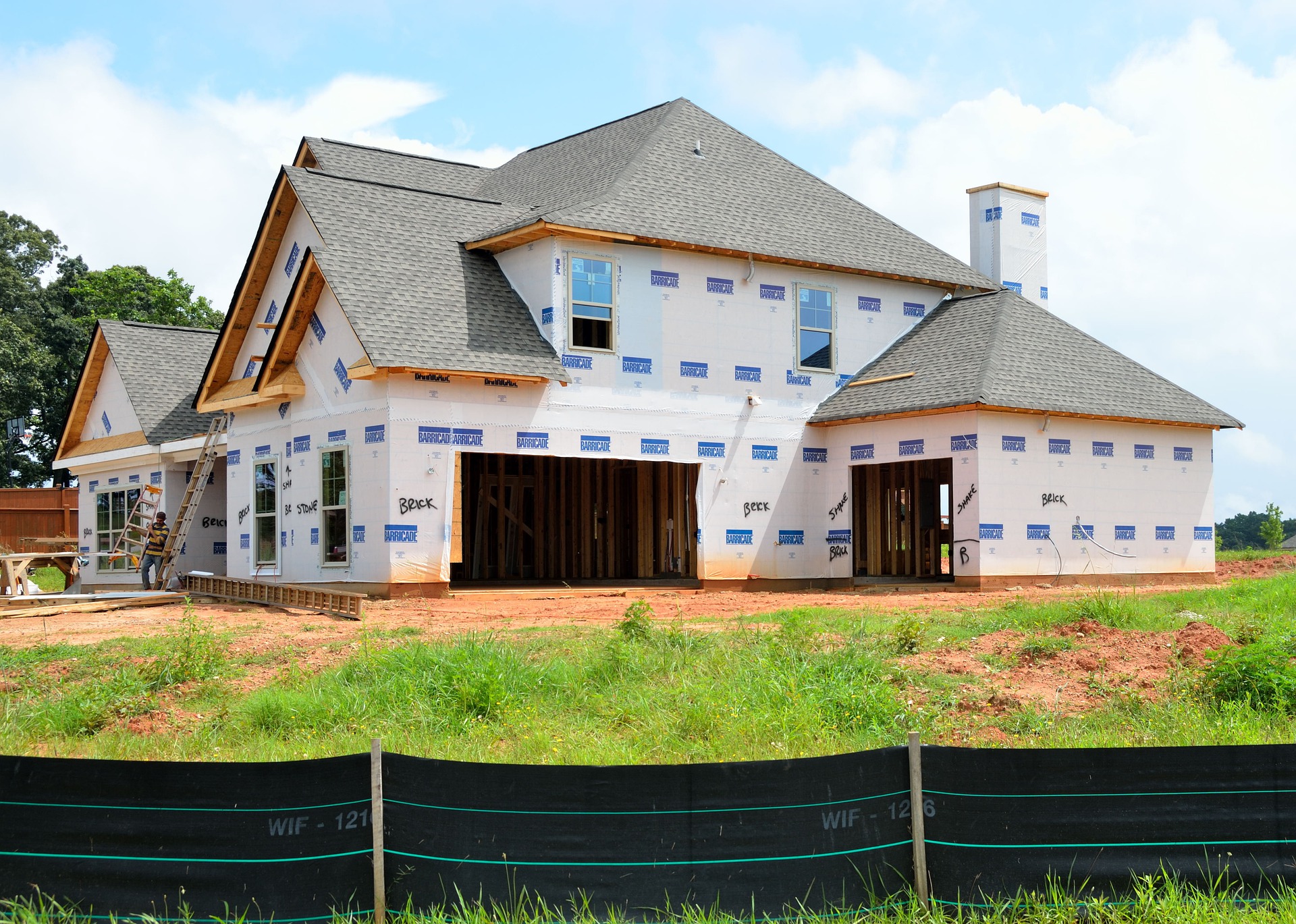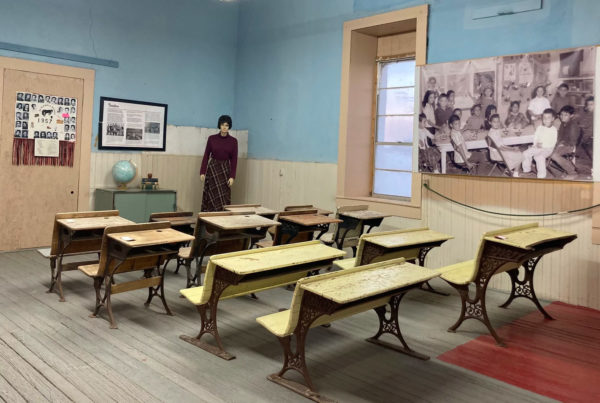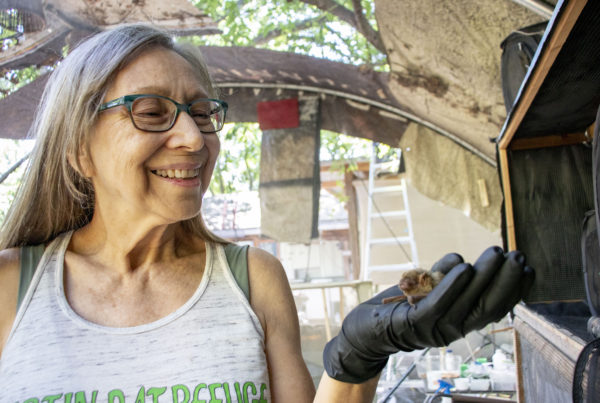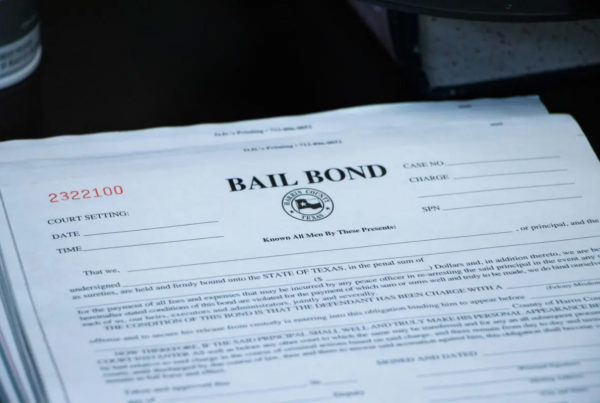In Texas, and across the country, builders are working to meet high demand for new, single-family homes. But many of these homes won’t be sold to their occupants: About 105,000 homes built this year are part of the so-called build-to-rent boom. And investors, along with builders, are getting in on the action – scooping up entire new developments with the intention of renting homes, rather than selling them.
Abha Bhattarai wrote about build-to-rent housing for the Washington Post. She told Texas Standard that, while families who can’t afford to buy a home appreciate the opportunity to enjoy a yard and room for kids and pets, some housing experts say build-to-rent could eventually put a strain on the availability of housing for would-be homeowners. Listen to the interview above or read the transcript below.
This transcript has been edited lightly for clarity:
Texas Standard: Your story begins with a build-to-rent community in Round Rock, Texas, which is just north of Austin. Is it considered a subdivision?
Abha Bhattarai: Yeah, you know, it’s a subdivision. And this is a particularly interesting one because it started off as just a regular subdivision of homes for sale. It was built by David Weekley, and each of the 113 houses were going to be up for sale. But along the way, an investor bought up the entire development and decided to make them available for rent. So now you can rent the homes for $3,100 to $4,000 a month, but you can’t actually buy them.
So it’s not always the builder that is behind this build-to-rent process – it’s perhaps a deep-pocketed investor.
Absolutely. So this is a new phenomenon that we’re seeing home builders get in on, as well as investors. There’s a lot of demand for this because, as you know, land values are appreciating, as are rents. And so I think a lot of folks are realizing that, “Hey, we don’t have to sell these houses just yet. We can rent them out. Rents are very high, and we can hold on to that very valuable land underneath the houses.”
Could you say more about why some families are opting for these rental communities?
On the whole, millennials in particular – you know, the folks who are in their late 20s, 30s and early 40s – came of age during the financial crisis. They have dealt with hurdle after hurdle, and many of them just don’t have the cash for a down payment. But at the same time, they’re getting dogs, they’re having children. They’re deciding they need homes of their own. So these have become a great solution for them.
Part of the appeal, I suppose, of home rental – where you can find a standalone home to rent – is that you can enjoy some of the advantages that you were describing of home ownership, but you don’t have to deal with a lot of the maintenance hassles and headaches. On the flip side of that, however, every month you’re not paying into something that you will eventually own.
Exactly. Another negative is that your rents can go up every year. A lot of the folks I talked to who moved in a year or two ago during the pandemic said their rates have gone up as much as 20%. And so unlike a mortgage where you generally know what you’re going to be paying month-to-month, you don’t have that sense of stability with these rentals.
The headline of you story sort of teases out an important note here: that questions are being raised about whether or not this build-to-rent approach is fueling inequities. How so?
Well, as you’ve mentioned, homeownership is sort of the most reliable and direct way to build wealth, to build long-term generational wealth that can be passed down to your children and your grandchildren. And that pathway has disappeared for many people. There’s an argument to be made that these rentals that you’re stuck in, the cycle of rising rents makes it even harder to break into homeownership. You know, that’s one part of it. And on the other side, there just hasn’t been enough development of single-family homes in the last decade or two. And so there’s a real supply shortage of these single-family homes that are affordable for first-time homeowners to buy.
You spoke with housing experts who say that the build-to-rent trend is actually making making it harder for people to buy homes. What’s the story there?
Well, the idea is that these suburbs, like in the Austin area, if you wanted to buy a house, maybe you were a first-time homeowner and you couldn’t afford something within city limits. You would go out to the suburbs then for 30, 40 miles away. But now a lot of those developments are geared to renters. And so there’s less supply there for a first-time homeowner to even begin thinking about investing in a home.
What about the the the flip side of that? And that is that, well, at least these are standalone homes. I mean, if you can’t afford a standalone single-family home, where else would you be? An apartment. This gives more options, perhaps in the marketplace.
That’s the argument that a lot of these developers and investors are making, is that there is no good option for a lot of these younger families that want this space, that want a front yard – “I just don’t have the means to buy.” So this is definitely filling that need. And along those lines, it’s also adding to the supply of available housing, whether it’s for rent or purchase. And so, in that way, it’s a good thing for the housing market.
I wonder if living in a rental-only development has advantages over a neighborhood of mixed housing for these renters.
You know, a lot of the renters said that they liked that their neighbors were sort of in the same boat as them. Many were also younger adults who had dogs or who had young children. And so there was a sort of community feel that these folks said they really liked. But I have talked to many people who said that they don’t really mind. They just want a single-family house that they can rent, whether it’s in a rental-only development or whether it’s just the homeowner renting out on a one-off basis.
Is this here to stay, or is it likely that a lot of these homes eventually will be sold off and on the purchase market?
You know, that’s the big question out there right now. The development of these homes is booming where like 105,000 new build-to-rent homes are being built this year and 50% more than that by 2025. There are a lot of these homes being built, but the end game is still up in the air. We’re not sure whether these are going to stay rentals long-term or if the housing market changes. And, you know, maybe the investors decide that there’s a different calculation that makes sense. Maybe they’ll start selling now.
















